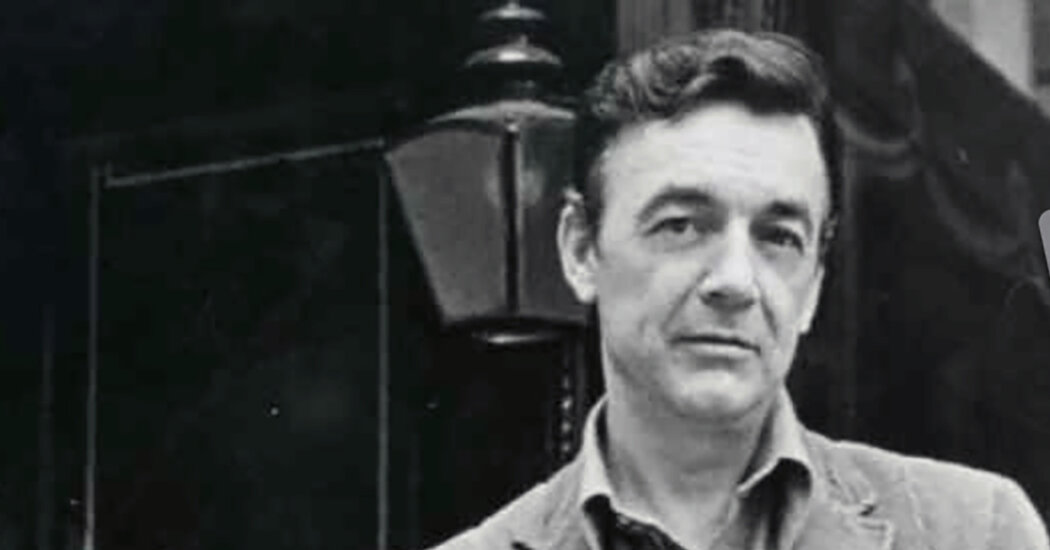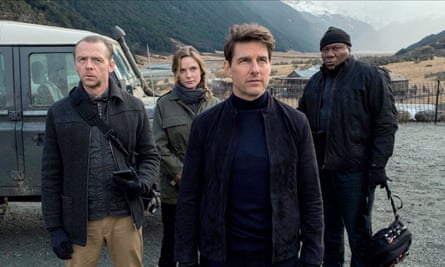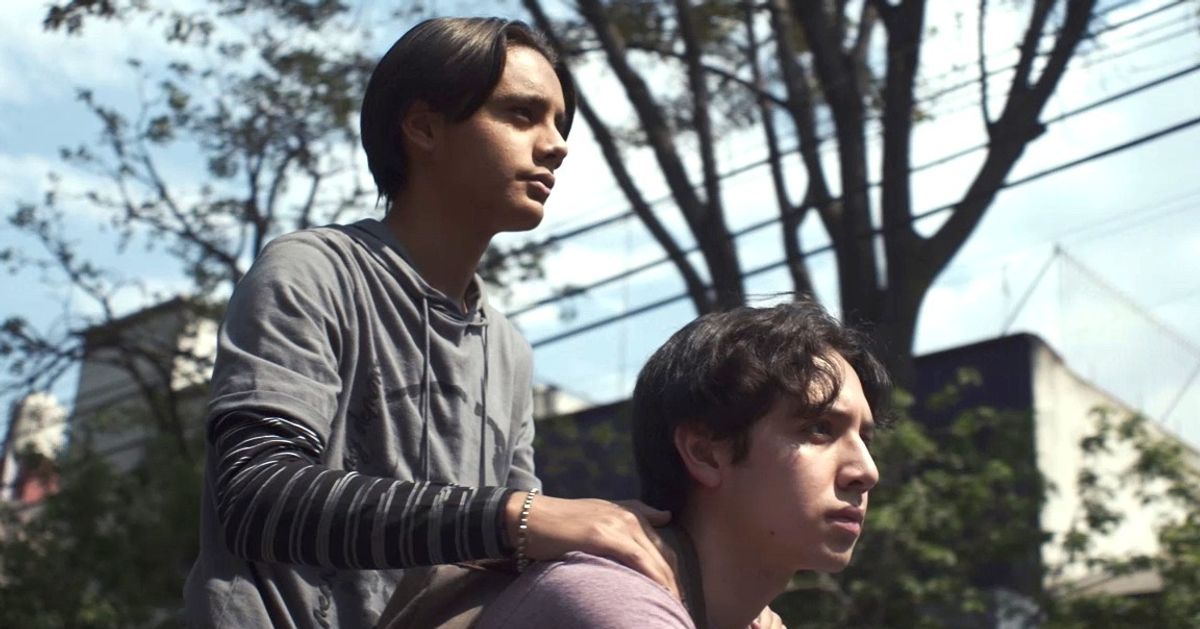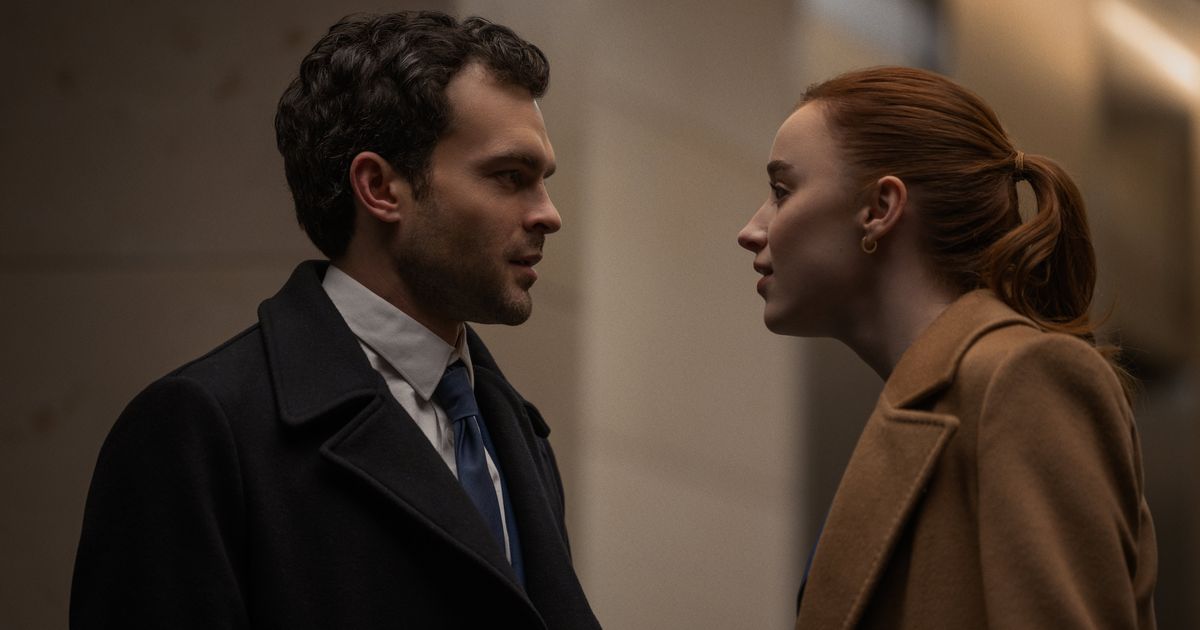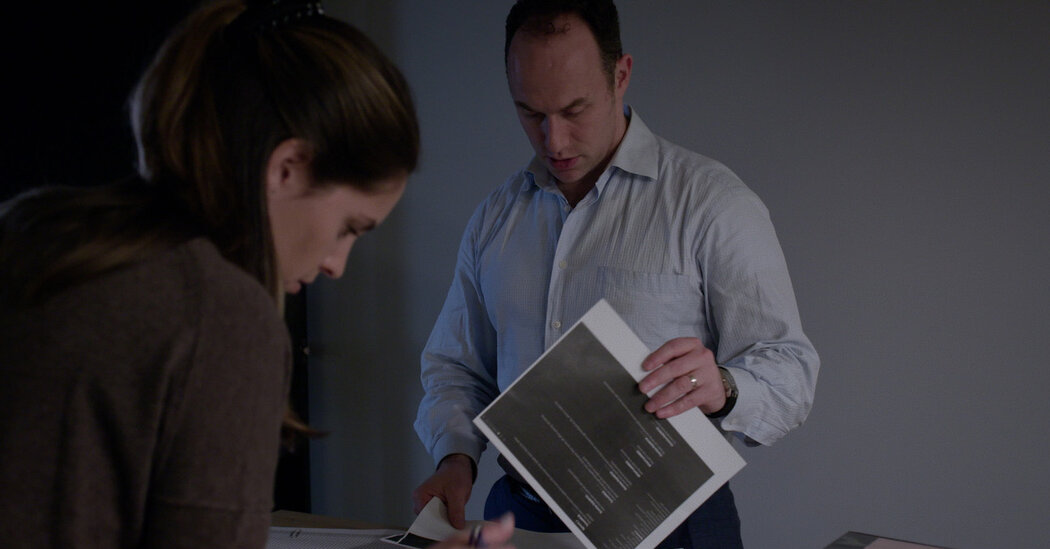Hot Potato: The Story of the Wiggles review – documentary will wiggle its way into your heart | Australian film
[ad_1]
As a longtime admirer of the hit song Hot Potato, a profoundly poetic if slightly repetitive celebration of simple cuisine and the temperature at which it can be served, I was excited to have its origins unpacked in a new film exploring its creators.
Early in, director Sally Aitken’s bubbly and quite well-made documentary about the Wiggles – the phenomenally successful troupe up there with Bluey and Bananas in Pyjamas as Australia’s biggest family friendly exports – we hear a sound bite of veteran interviewer Andrew Denton suggesting these barmy, toot-tooting, Shimmie Shaking entertainers ought to be taken seriously.
“Do not be fooled by their simplicity,” he says, “for their music is up there with the greatest.” So: Beethoven, the Beatles, Bob Dylan, the Wiggles? A refreshingly different perspective on musical greatness.
Thankfully, that early Denton grab notwithstanding, Hot Potato: The Story of the Wiggles doesn’t have the gushingly fawning tone of many docos about artists, such as this year’s enjoyable if idolatry John Farnham film Finding the Voice. It does, however, begin by addressing the big questions – big, at least, in the Wiggleverse: a bright world of catchy lyrics, costumed animals and a big red car. Including how the original members – Jeff Fatt, Anthony Field, Greg Page and Murray Cook – feel towards the colour with which their professional legacies would be forever associated.
In Quentin Tarantino’s heist drama Reservoir Dogs, a group of thieves were assigned the name of a colour but had no choice which one they got, Lawrence Tierney’s mob boss explaining that, “You get four guys all fighting over who’s gonna be Mr Black.” Conversely, in Hot Potato, we hear about the colour nobody wanted. Field (AKA the Blue Wiggle) drops a bomb (again, relative to the Wiggleverse) by reflecting on how, when Page got yellow, “all of us were glad”. After a quick pause he adds: “No offence to anybody who loves yellow.”
I found this moment rather cute: the suggestion some people are so besotted with yellow and the various Wiggles who have worn it (including Page, Emma Watkins and Tsehay Hawkins) that they might be personally offended by the comment. And to be fair, it’s an entirely reasonable assumption given the intense emotional connections the group has forged with many of its fans.
Like Finding the Voice, this film is an authorised work. But whereas Farnsy was occasionally heard but never seen in his doco, the Wiggles front the camera in theirs, sitting down for interviews and seeming to genuinely enjoy the process, coming across as down-to-earth and likable. While this is hardly an exposé filled with skeletons tumbling out of the closet, it does touch on issues that could’ve been minimised or ignored – from recollections of brutal feedback (one ABC producer for instance told them “your videos make us cringe”) to canvassing various personal and health issues, including Field’s struggle with depression and Page suffering a heart attack in 2020.

When Fatt reflects on how, one day, he “had a blackout while I was driving and ran into a tree”, I realised I was emotionally invested in this story; these wearers of bright skivvies had wiggled their way to my heart. Hot Potato gets more convoluted and less affecting when it moves through latter-era Wiggles history, the originals substituted for various replacements who I lost track of.
An early mention of Field, Cook and Page studying early childhood education in their pre-Wiggles life kickstarts the film’s most interesting element: a scattered series of brief insights into how the group channeled academic theory into an act that took its responsibility to children seriously. Despite this review’s slightly facetious introduction, it’s clear their knowledge of youngsters was thoughtfully applied to their work, at times in small but telling ways. Field, for instance, decided that whenever anybody was talking on stage, every member of the group needed to be looking at that person. This marked a shift in which they were “no longer a band” and “became a show”.
We also learn how the Wiggles encouraged “parallel play”, which essentially refers to a kind of disconnected form of dancing that encourages safe social interactions and boundaries. There’s quite a few interesting nuggets strewn across a 104-minute runtime that does feel a little chunky towards the end. Aitken nevertheless creates a nice ebb and flow; you might say the wheels of the film go round and round, round and round, round and round …
[ad_2]
Source link

